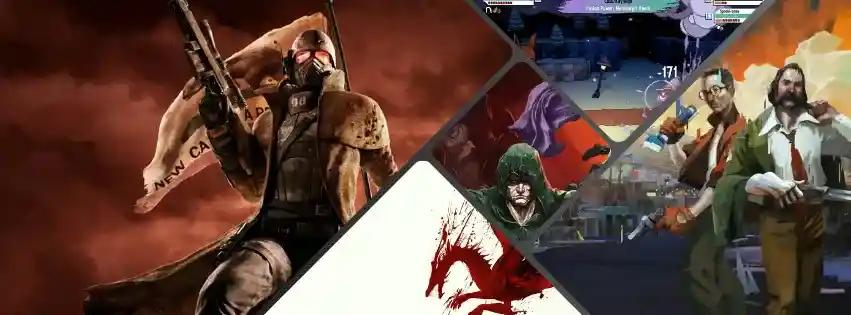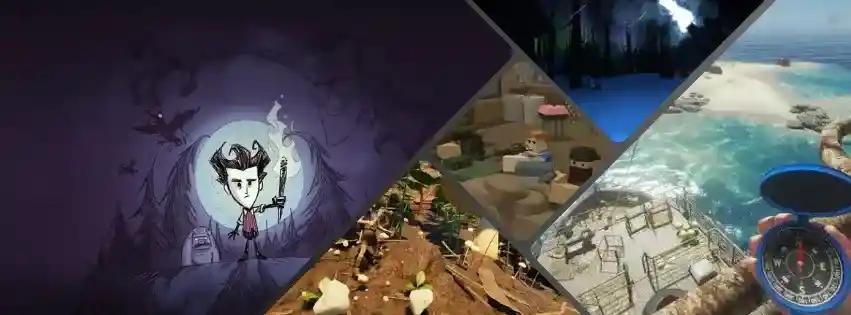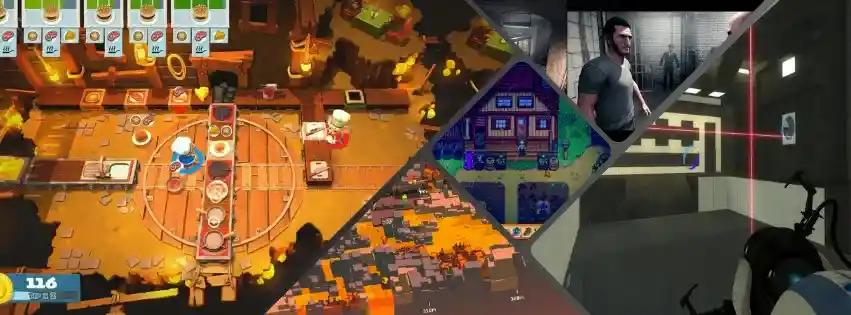Searching for the best indie games for low-end PCs? This guide highlights creative, replayable picks that run smoothly on integrated graphics without huge downloads. Every selection favors proven performance on Intel/AMD iGPUs and the Steam Deck, plus approachable onboarding and small installs. The focus is people-first: tight controls, readable interfaces, and games that feel great at 720p–1080p with low settings. Rankings weigh smooth framerates, smart design, and genuine indie identity from small teams or solo developers. Whether you want short runs or endless sandboxes, these are safe, satisfying choices for older laptops and budget rigs.
This article is part of our guide on the Best Low-End PC Games
How We Ranked These Games
We prioritized verified iGPU stability, small installs, and designs that stay fun for months. The table below shows how each criterion influenced the final order.
Criterion | Weight | Why It Matters |
|---|---|---|
Low-end compatibility | 35% | Smooth play on integrated graphics with minimal stutter and sensible settings. |
Indie creativity and identity | 25% | Small-team originality that delivers fresh ideas without big budgets. |
Gameplay quality | 15% | Tight, satisfying loops that feel responsive even at low settings. |
Replay value | 15% | Systems or randomness that keep runs fresh far beyond the first finish. |
Accessibility and onboarding | 10% | Clear tutorials, readable UI, and friction-free setup for more players. |
Related reading: Best Open World Games for Low-End PCs
What do we mean with low-end hardware?
So what exactly do we mean when we say low-end hardware? We have to come up with a baseline somehow. To run the games we chose smoothly, make sure your laptop or pc matches at least the minimum specs:
Component | Minimum Requirement | Recommended |
|---|---|---|
CPU | Intel Core i3 / AMD Ryzen 3 (8th gen or newer) | Intel Core i5 / Ryzen 5 |
RAM | 8GB | 16GB |
Storage | 256GB SSD | 512GB SSD |
Graphics | Integrated (Intel UHD / AMD Vega) | Iris Xe or better |
Display | 1080p resolution | 1080p IPS panel |
OS | Windows 10 or 11 | Windows 11 |
Related reading: Best Multiplayer Games for Low-End PCs
The Top 10 Best Indie Games for Low-End PCs
Ranked by performance on integrated graphics, design quality, creativity, and replay value, these games are safe picks for modest hardware. Each placeholder below loads full details from our database.

Stardew Valley
“Solo dev masterpiece that runs flawlessly on potato PCs with endless farming and social depth.”
A warm, open-ended farming and life sim where days turn into seasons and every routine feels rewarding. It belongs here because it runs flawlessly on integrated graphics, needs only a tiny install, and scales from quick sessions to multi-year farms. Community benchmarks regularly show 60 FPS on Intel UHD-class iGPUs, and PCGamingWiki corroborates smooth performance. The solo-dev story underscores true indie spirit, while co-op and near-limitless goals provide enormous replay value without technical hassle. Clear menus, adjustable zoom, and friendly pacing make it easy to settle in on older laptops as well as the Steam Deck.
Game Experience
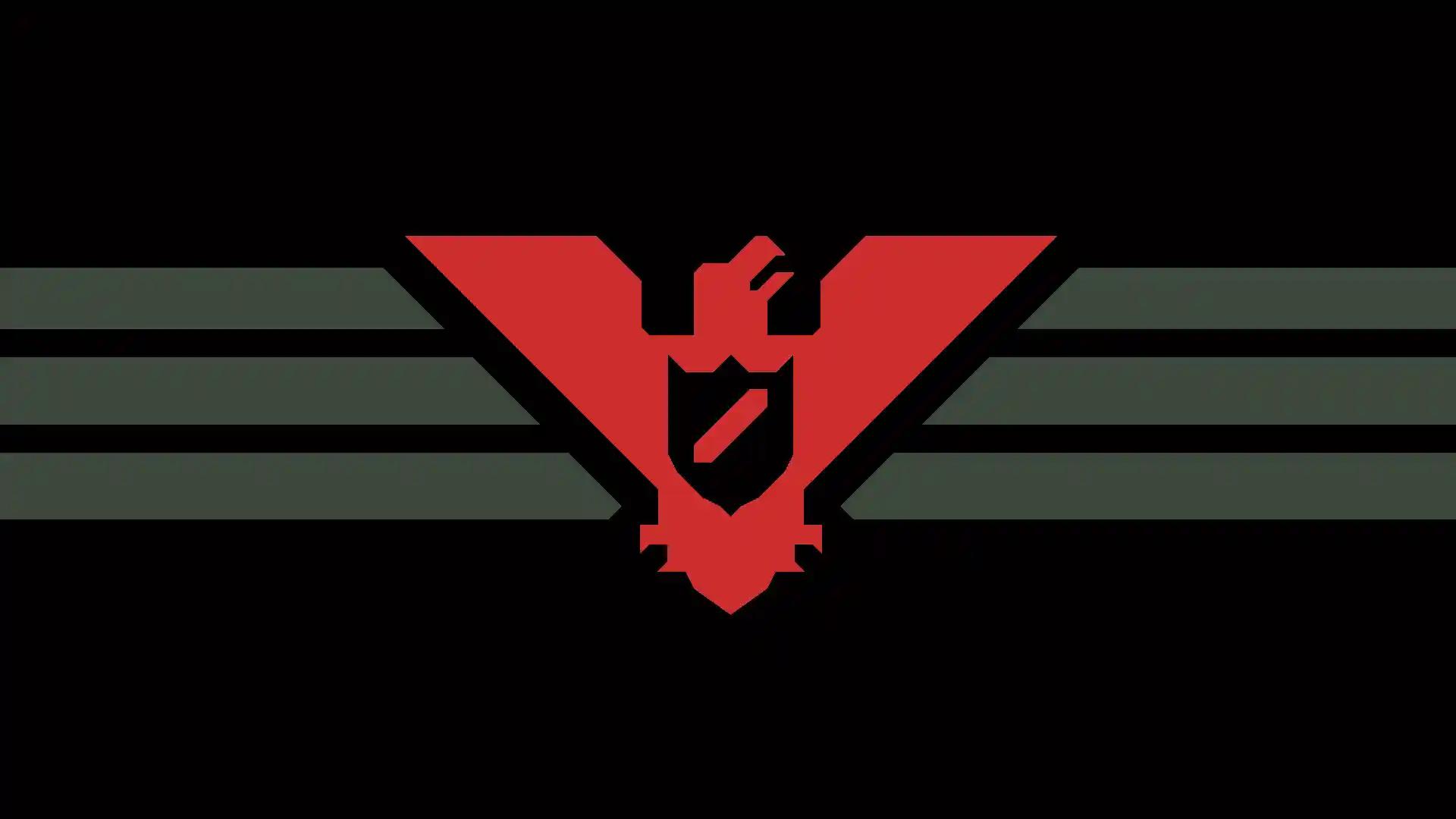
Papers, Please
“Revolutionary document-checking game with moral weight from Obra Dinn's creator.”
A tense desk job as a border inspector turns paperwork into moral puzzles, where every stamp has weight. It earns a top spot because its minimalist presentation runs perfectly on nearly any PC while delivering one of indie gaming’s most innovative designs. The low system load keeps performance locked while you juggle documents, upgrades, and tough choices. Multiple endings and an Endless mode add replay value after the credits. From the creator of Obra Dinn, this is indie auteur design at its purest: focused, original, and accessible to players on even decade‑old hardware.
Game Experience

FTL: Faster Than Light
“Genre-defining space roguelike with perfect low-end performance and infinite strategic depth.”
A starship survival roguelike where every jump forces hard calls—route risk, crew triage, and power juggling under fire. It deserves its spot for near-universal low-end compatibility and timeless design. Even ancient laptops hit smooth performance thanks to lightweight visuals, while randomized events, ship unlocks, and varied builds create endless runs. The pausable real-time combat keeps tension high without demanding reflexes. From Subset Games, it’s a genre pillar whose strategic depth and tiny footprint make it a perfect fit for integrated graphics and short sessions that spiral into unforgettable space stories.
Game Experience

Vampire Survivors
“Genre-defining bullet heaven that runs on literal toasters with addictive one-more-run appeal.”
A hypnotic “bullet heaven” where movement is your main verb and build choices snowball into screen-filling spectacles. It earns its place because it runs on literal toasters yet delivers an addictive meta progression loop. Community reports cite stable 60 FPS even on Intel HD Graphics 4000, and it’s known to be solid on Iris Xe and Steam Deck. Short, rewarding runs make it perfect for low-spec laptops, while unlocks and secrets keep the next session irresistible. It’s a modern indie phenomenon: tiny download, big payoff, and low-end hardware bliss.
Game Experience

Undertale
“Revolutionary solo-dev RPG that subverts combat tropes and runs on toasters.”
A heartfelt RPG where mercy matters and every encounter rewrites what combat can be. It belongs here for its unmatched indie identity—created by a solo developer—and its effortless performance on low-end PCs. GameMaker roots and minimalist art keep frame rates steady on integrated graphics, while multiple routes and secret-packed replays turn a short campaign into a lasting memory. It’s culturally significant without asking for horsepower, and its inventive, emotional storytelling hits just as hard on modest laptops as on high-end rigs.
Game Experience

The Binding of Isaac: Rebirth
“Foundational roguelike with infinite item synergies and flawless low-end performance.”
A dark, fast twin-stick roguelike where item synergies can completely break a run—in the best way. It earns its rank for absurd replay value and near-universal low-end performance. The compact install and clean 2D presentation keep iGPUs smooth, while daily challenges, unlocks, and secrets feed a long-term mastery loop. It’s a foundational indie that helped kick off the modern roguelike boom, delivering depth without demanding a dedicated GPU. If you want endless runs that evolve with your skill, this is a low-spec powerhouse.
Game Experience
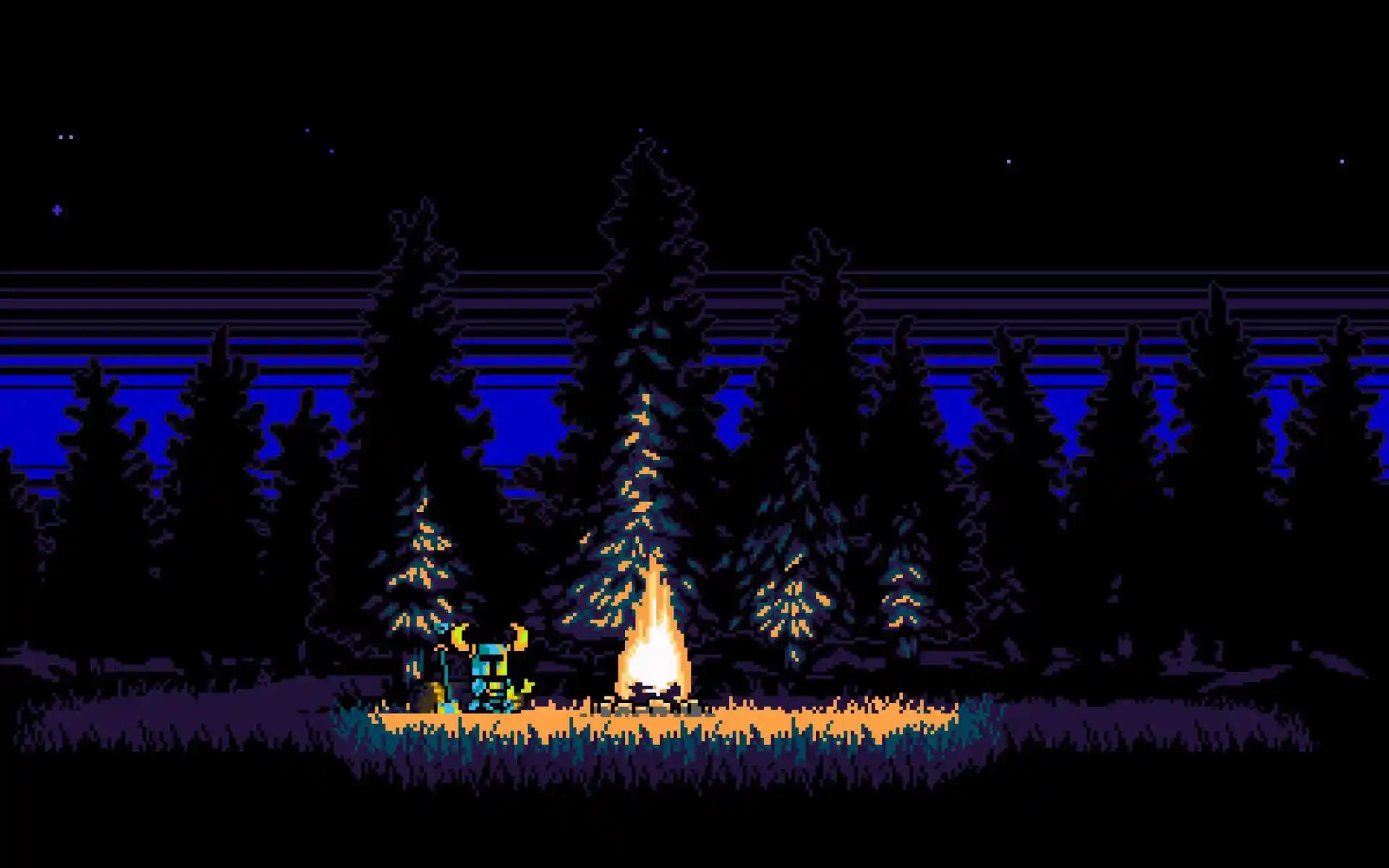
Shovel Knight
“NES-inspired platformer with modern polish that runs perfectly on any hardware.”
A tight, modern take on NES-era platforming with the responsiveness and polish that retro fans crave. It makes the cut because it runs flawlessly on integrated graphics and offers a mountain of content in a small package. Multiple campaigns remix mechanics and movement while maintaining sharp, readable pixel art that stays smooth on low-end laptops. It’s a Kickstarter success story that shows how smart design—not big budgets—sustains replay value. If you want precise platforming with zero performance headaches, this is the safe bet.
Game Experience

Balatro
“2024's poker-roguelike sensation with brain-melting synergies that runs on any hardware.”
A 2024 sensation that fuses poker hands with roguelike deckbuilding to create brain-melting synergies. It fits this list thanks to a tiny install, Deck Verified status, and reports of stable 1080p play on Intel UHD iGPUs. The learning curve is friendly, but the optimization puzzles run deep, rewarding experimentation over grinding. Freshness matters, and this delivers modern design with rock-solid performance on integrated graphics. If you loved the elegance of card roguelikes and want something new that still runs anywhere, start here.
Game Experience

Celeste
“Heartfelt precision platformer with accessibility options that runs perfectly on any iGPU.”
A heartfelt, precision platformer where every screen is a small puzzle and every climb feels earned. It belongs here because it pairs pristine 2D performance on iGPUs with best‑in‑class accessibility options. Players consistently report 60 FPS on Intel UHD-class laptops, and Assist Mode lets anyone tailor difficulty without losing the spirit of the journey. Short levels, generous checkpoints, and deep optional challenges give it legs long after the credits. It’s proof that elite platforming can be inclusive and low-spec friendly.
Game Experience
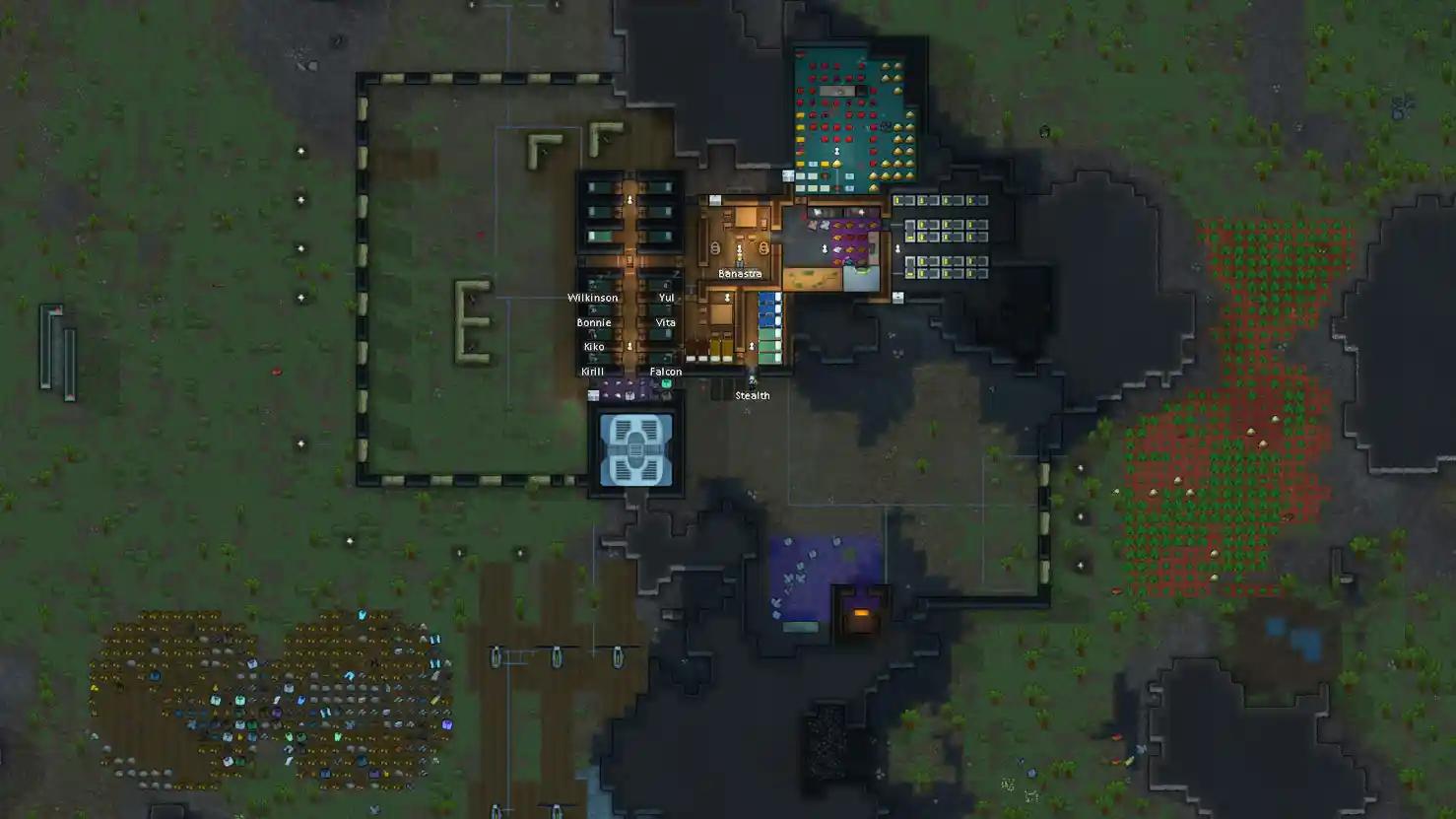
RimWorld
“AI-driven colony sim with infinite emergent stories that scales to low-end hardware.”
A colony sim where an AI storyteller turns routine survival into wild, emergent tales. It earns its place for unmatched replay value and scalable performance on low-end PCs. The top‑down art and efficient sim let smaller colonies run smoothly on iGPUs, with performance tied mostly to colony size rather than GPU power. Vanilla play is excellent; mods are optional and can be added gradually on stronger systems. If you want deep systems, memorable failures, and infinite stories without a dedicated GPU, this is the long-haul pick.
Game Experience
Related reading: Best Survival Games for Low-End PCs
Honorable Mentions
These excellent low-spec indies narrowly missed the cut due to overlap, scope, or replay trade-offs, but remain easy recommendations on integrated graphics.
Slay the Spire
A razor-sharp deckbuilder roguelike where pathing, card economy, and relic synergy decide your fate. It runs flawlessly on integrated graphics with a tiny footprint and offers hundreds of hours of progression and daily challenges. It narrowly missed the main list because another modern deckbuilder (Balatro) brings 2024 freshness and overlaps the slot, while FTL already covers a genre-defining roguelike pillar. Still, this remains the most influential deckbuilder on PC—low-spec friendly, endlessly replayable, and a must-play for strategy fans looking to optimize every draw.
FEZ
A perspective-shifting puzzle platformer where rotating the world turns the impossible into a new path. It’s brilliantly optimized for low-end hardware and stands as a landmark in indie creativity. It sits just outside the top picks because of narrower replay value once its secrets are solved and stronger competition in the platforming slot. For puzzle-minded players, though, its discovery-driven design and small install make it a smart, low-spec choice that still feels fresh years later.
Into the Breach
A minimalist, deterministic tactics game where perfect information puts the focus on clever, low-risk play. It’s tiny, crisp, and runs perfectly on iGPUs. It narrowly missed the list due to overlap with FTL from the same studio and a tighter scope that may feel more puzzle-like than sandbox to some players. For tactics fans, the clean UI, fast turns, and deep squad unlocks deliver tremendous replay without any hardware strain.
Return Of The Obra Dinn
A one-of-a-kind deduction mystery told through stark 1‑bit visuals that run on almost any PC. The investigative loop is brilliant and meticulously crafted, but it’s largely a one-time experience once solved, which lowers its long-term replay value against sandbox and roguelike picks. As an exemplar of indie artistry and technical efficiency, it’s essential—just not as evergreen as games built for repeated runs. For players craving a singular, unforgettable case file on low-end hardware, it’s still a standout.
Baba Is You
A radical logic puzzler where pushing word tiles literally rewrites the rules of the level. It’s featherweight on resources and a showcase for indie originality. It misses the main list because replay tapers once puzzles are cleared and the difficulty curve can be steep for new players. That said, its eureka moments are unmatched, and the clean visuals shine on small laptops and Deck-like hardware. For puzzle purists on low-end PCs, it remains a must-try thought experiment.
Related reading: Best Story Games for Low-End PCs: Top Picks
Frequently Asked Questions
Quick answers to common questions about low-spec performance, testing standards, and setup tips.
Which indie games run best on integrated graphics?
Vampire Survivors, Papers, Please, and FTL are extremely lightweight and hit stable 60 FPS on many Intel/AMD iGPUs. Celeste and Shovel Knight also perform flawlessly with minimal tweaking.
How were these games evaluated for low-end PCs?
We prioritized community benchmarks on Intel/AMD iGPUs and Deck reports, cross-checked PCGamingWiki notes, and favored titles that hold 30–60 FPS at 720p–1080p on modest CPUs and 8GB RAM.
Is the Steam Deck a good proxy for low-end PC performance?
Often, yes. The Deck’s APU is comparable to modern iGPUs. Deck-verified stability is a strong signal, though individual laptops may need different settings.
Can these games run well with 8GB RAM and no dedicated GPU?
Yes. The list focuses on small installs and efficient engines that deliver stable performance on i3/Ryzen 3 CPUs, 8GB RAM, and integrated graphics.
What settings should I tweak first on a low-end PC?
Lower resolution to 720p or use FSR/scaling, set a 30–60 FPS cap, disable costly effects (shadows, AA, SSAO), and enable any in-game shader pre-caching or reduced flashing options.
Conclusion
Great indie games don’t need big GPUs or huge installs. These picks pair smart design with verified iGPU performance, so you can enjoy stable 30–60 FPS, short load times, and long-term replay on modest hardware. From chill farming to tense roguelikes, there’s a low-spec win for every mood here—plus flexible settings to make each title your own. Ready for more tailored picks? Try our Recommendations Engine for suggestions that match your play style.





